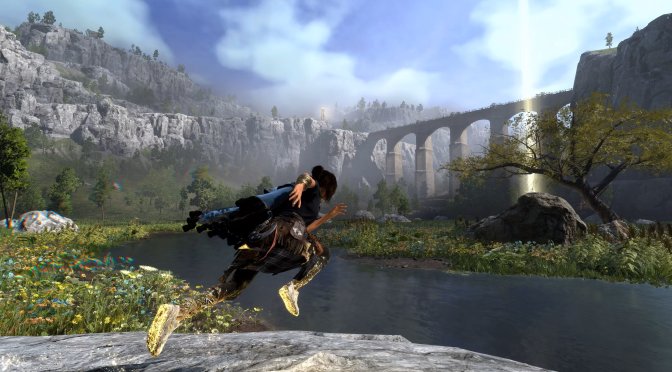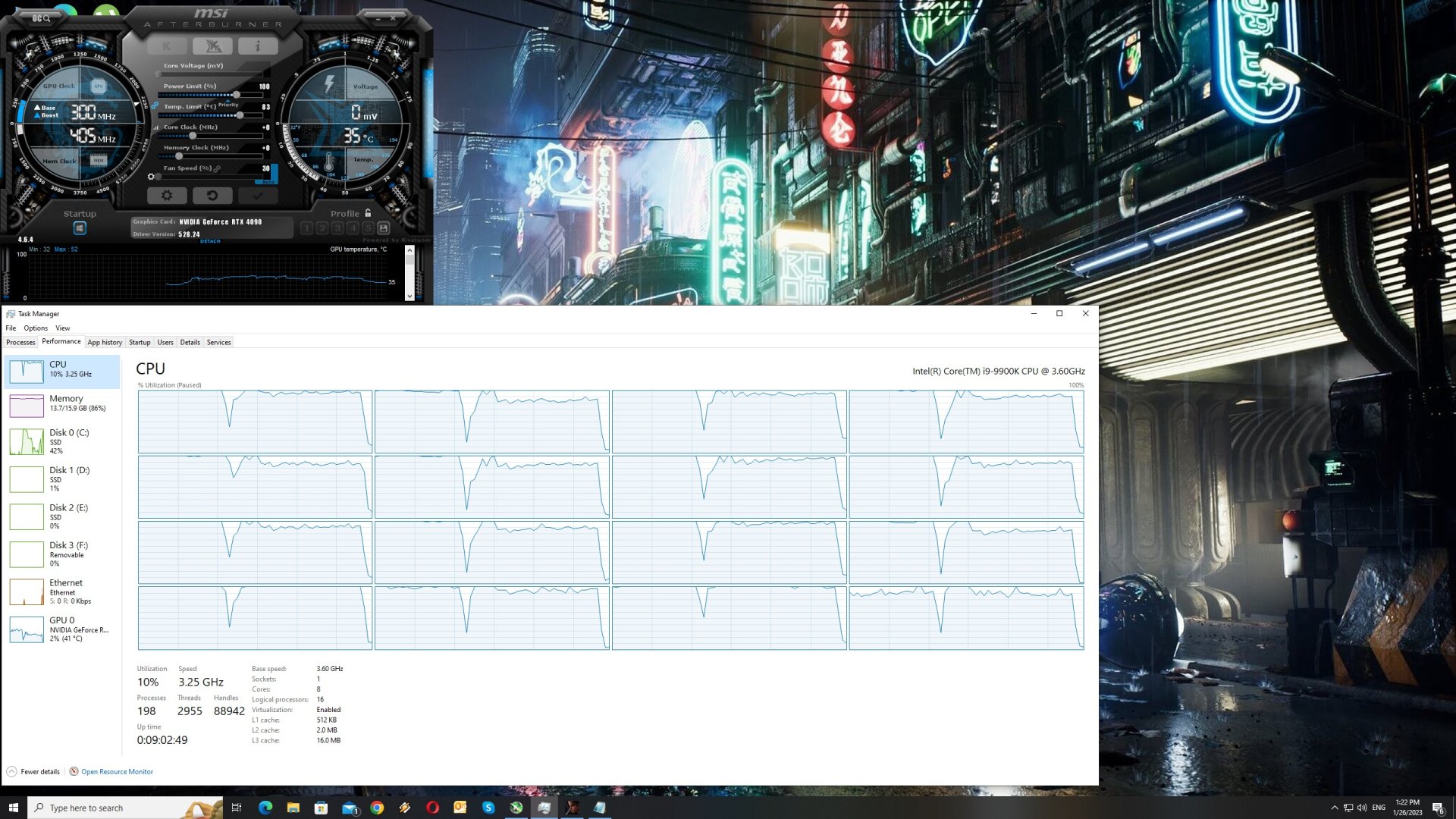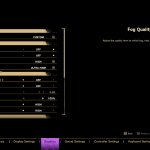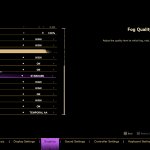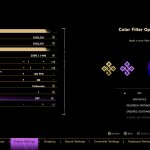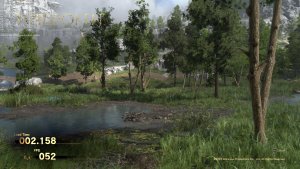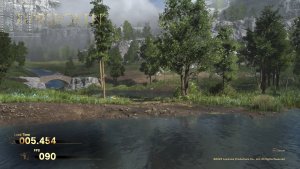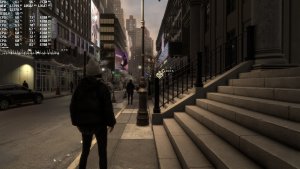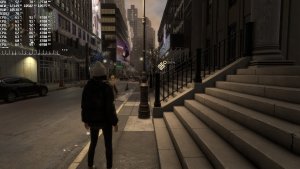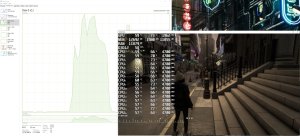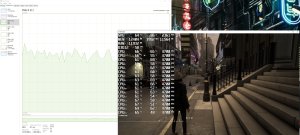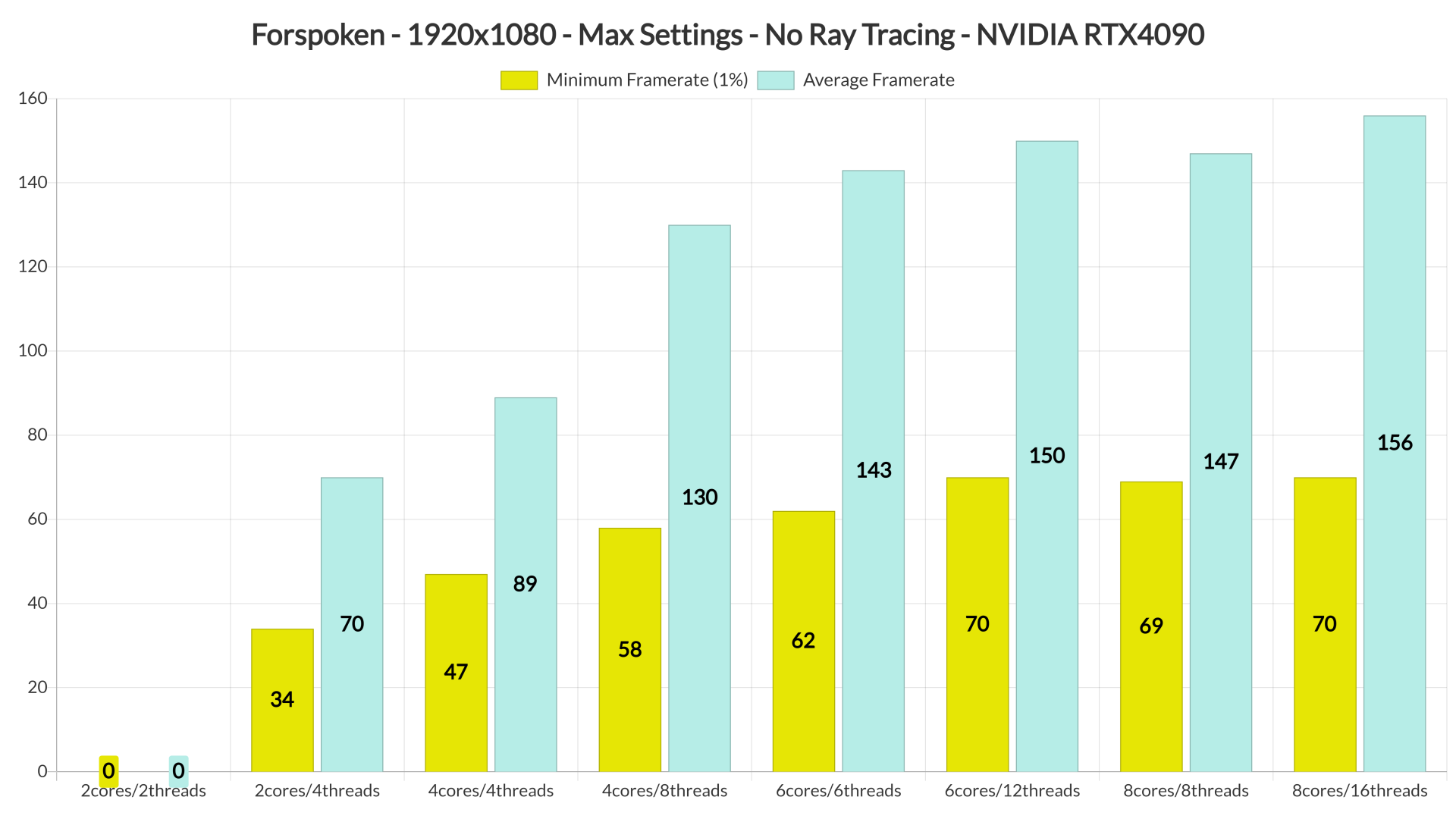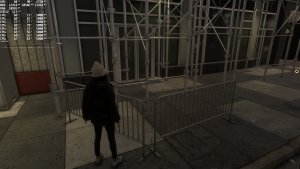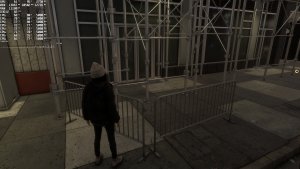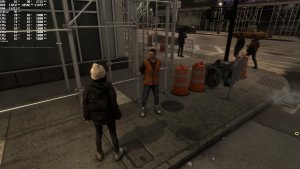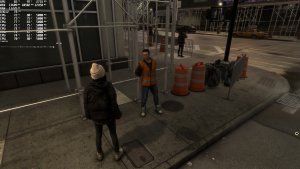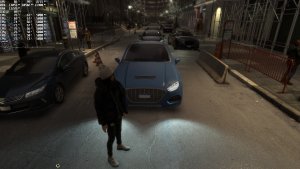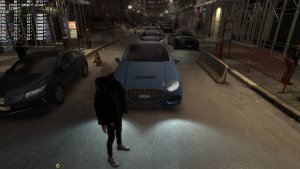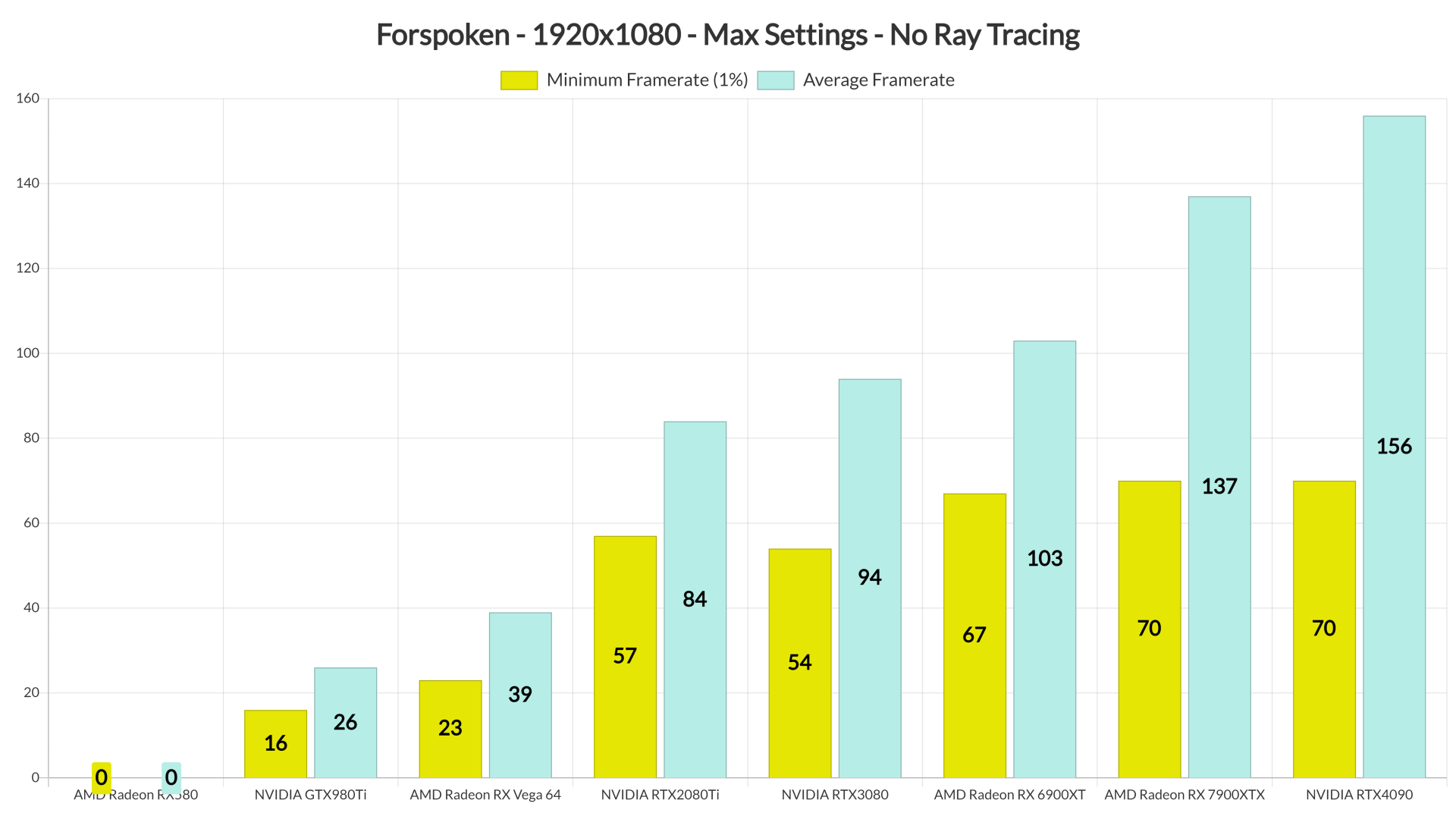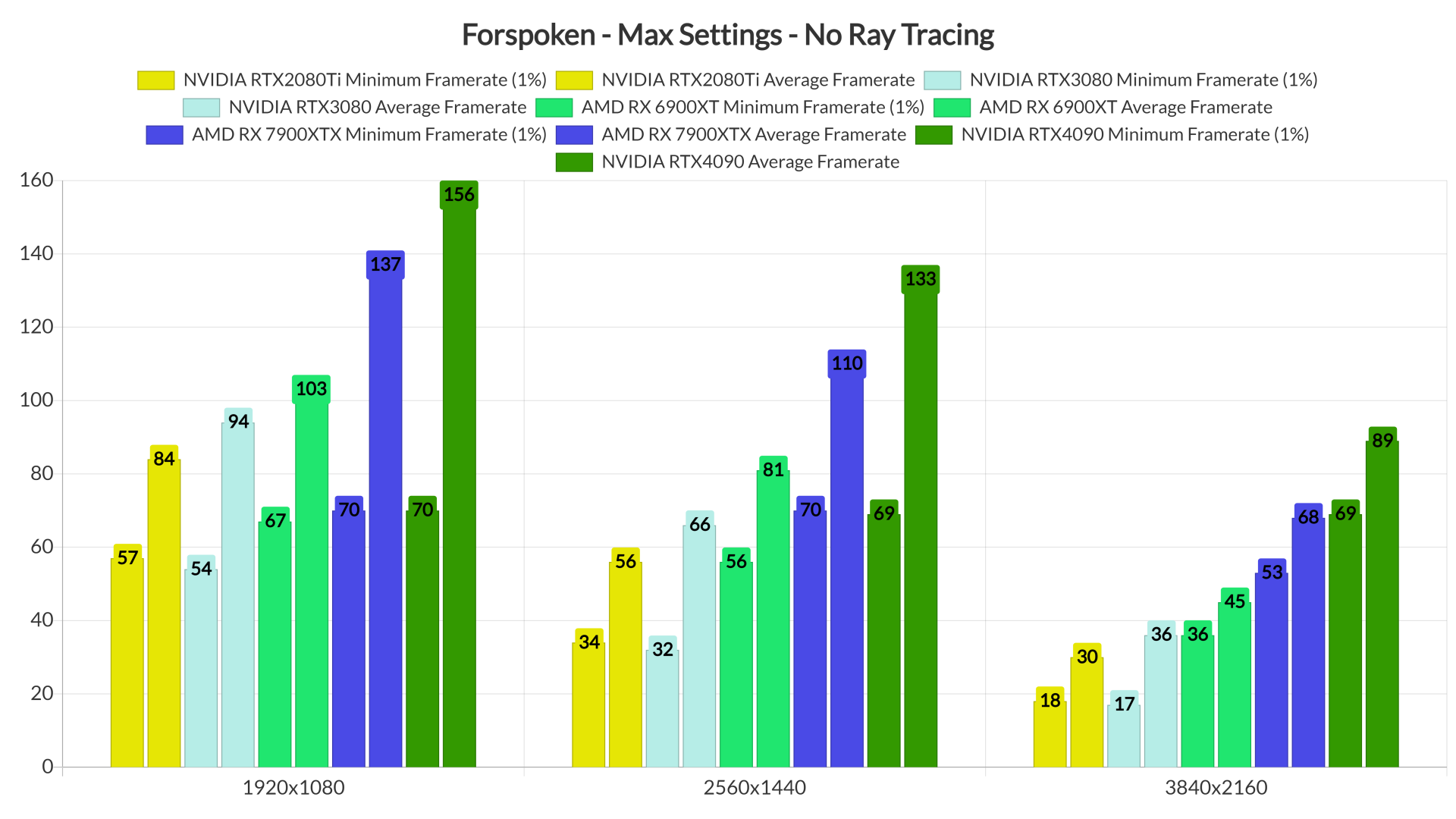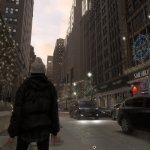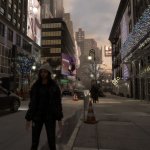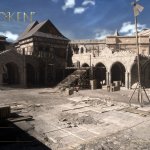Forspoken was one of the most anticipated PC games of January, especially regarding the tech behind it. Powered by the Luminous Engine and taking advantage of DirectStorage, it’s time to benchmark it and see how it performs on the PC platform.
For this PC Performance Analysis, we used an Intel i9 9900K that was overclocked at 5Ghz, 16GB of DDR4 at 3800Mhz, AMD’s Radeon RX580, RX Vega 64, RX 6900XT, RX 7900XTX, NVIDIA’s GTX980Ti, RTX 2080Ti, RTX 3080 and RTX 4090. We also used Windows 10 64-bit, the GeForce 528.24 and the Radeon Software Adrenalin 2020 Edition 22.11.2 drivers (for the RX7900XTX we used the special 23.1.2 driver).
Luminous Productions has included a respectable amount of graphics settings to tweak. PC gamers can adjust the quality of Model Detail Level, Texture Filtering, Reflections, Clouds, Shadows and Ambient Occlusion. There are also settings for Model/Texture Memory, Motion Blur, Depth of Field and Anti-Aliasing. Furthermore, the game supports Ray Tracing Shadows and Ambient Occlusion. Not only that, but there is support for both DLSS 2 and FSR 2.
Unfortunately, though, downsampling from a higher resolution does not work (you’ll have to set your desktop resolution to a resolution higher than your native in order to take advantage of downsampling). The game also suffers from some awful audio issues on 5.1 setups. Thankfully, you can fix these audio issues by setting your audio sample rate to 48Khz from Windows.
As said, Forspoken is the first game that takes advantage of DirectStorage. And while the loading times are really fast, we encountered some awful frame pacing/stuttering issues. For some reason, the game suffered from a lot of stutters when we installed it on both our Samsung 970 Pro Plus and Samsung 980 Pro NvME SSDs. By moving the game folder to our SATA SSD, we were able to get better frametimes. Below you can find some screenshots that showcase this behaviour. The screenshots on the left are with the game installed on the NvME SSD. The screenshots on the right are with the game on the SATA SSD. We are not sure what is going on here, however, we currently recommend installing the game on a SATA SSD. Yes, the loading times may be a bit longer but you’ll get a smoother gaming experience.
Now even when installed on a SATA SSD, the game has a few stutters in the New York area. However, and if we stand still for a few minutes, the game finally begins running smoothly. Again, we don’t know why this is happening. Perhaps the game is streaming stuff from the SSD during its first few minutes? Below you can find two screenshots showcasing how the game behaves in its first minute (left) and after five minutes (right). Notice the improved frametime graph, and the fact that we’re not CPU limited in any of these cases.
Forspoken features a built-in benchmark tool which is representative of its in-game performance. Thus, we’ve used it for both our CPU and GPU tests.
In order to find out how the game scales on multiple CPU threads, we simulated a dual-core, a quad-core and a hexa-core CPU. Surprisingly enough, our simulated dual-core system was able to provide framerates higher than 30fps at all times (at 1080p/Max Settings/No RT). Furthermore, the game can take advantage of more than six CPU cores. We also saw a small performance on our Intel i9 9900K when we enabled Hyper-Threading. In fact, Forspoken was able to stress all of our sixteen CPU threads. Still, we were kind of expecting a bit better performance in CPU-bound areas. While our average framerates saw a respectable increase (when moving from 6cores/6threads to 8cores/16 threads), our minimum framerates were almost identical. Regardless of that, owners of modern-day 6-core CPUs will be able to get a constant 60fps experience in this game.
As said, Forspoken supports ray-traced shadows and ambient occlusion. However, this is the worst Ray Tracing implementation we’ve seen so far. Below you can find some comparison screenshots. The RT screenshots are on the left and the non-RT screenshots are on the right. And, we’re not exaggerating here, they look exactly the same. The game might have some areas in later environments that look better. However, and during our tests, these RT effects are as underwhelming as they can get. I mean, even the RT AO does not make any difference at all in the New York area. What a disappointment.
Since the game’s Ray Tracing effects are so underwhelming, we recommend disabling them. And believe us, you’ll need really powerful GPUs for running it smoothly on Max Settings, even at 1080p.
At 1080p/Max Settings/No RT, the only GPUs that could offer a constant 60fps experience were the RX6900XT, RX7900XTX and the RTX4090. The RTX3080 was unable to provide a constant 60fps as it hit a VRAM bottleneck, even at 1080p. Believe it or not, the game requires more than 10GB of VRAM at native 1080p. And, to be honest, the game’s textures do not justify these extreme VRAM requirements. Not only that, but since this is an AMD-sponsored title, the situation feels similar to what happened with Far Cry 6 and its HD Texture Pack. Well played AMD.
At 1440p/Max Settings/No RT, the only GPUs that could provide a smooth gaming experience were the RX 7900XTX and the RTX 4090. The RX 6900XT was once again significantly faster than the RTX 3080, and the RTX 3080 had worse minimum framerates than the RTX2080Ti (which is equipped with 12GB of VRAM). And as for native 4K, the only GPU that could run the game with constant 60fps was the RTX 4090.
Graphics-wise, Forspoken does not look as impressive as its initial in-engine reveal trailer. Its lighting system, in particular, looks as old-gen-ish as it can get. I don’t want to be harsh here, but this does not feel like a current-gen-only game. Don’t get me wrong, it doesn’t look bad or anything. For instance, there are some cool particles effects, as well as amazing wind effects.
However, and while the game does not use a dynamic day/night cycle, its pre-baked lighting looks worse than the one from Final Fantasy XV. Hell, it can even look worse than Uncharted 4. And then we have car lights that do not cast shadows. The original Watch_Dogs and Grand Theft Auto 4 had this feature, but Forspoken is suddenly unable to provide such a thing. Some distant objects/textures also look really blurry. And, for a game requiring more than 10GB of VRAM, this is unacceptable.
All in all, Forspoken is a huge technical disappointment. Not only was the game downgraded from its initial reveal, but it also has numerous performance/optimization issues. Furthermore, the game does not justify its huge GPU requirements. And don’t get me started with its borked RT implementation. Or its frame pacing issues. Or its audio issues.
Luminous Productions will have to improve A LOT of things. Honestly, though, I don’t really believe they’re willing to do so. Nevertheless, I’d like to be proven wrong, so the ball is in Luminous’ and Square Enix’s court!
John is the founder and Editor in Chief at DSOGaming. He is a PC gaming fan and highly supports the modding and indie communities. Before creating DSOGaming, John worked on numerous gaming websites. While he is a die-hard PC gamer, his gaming roots can be found on consoles. John loved – and still does – the 16-bit consoles, and considers SNES to be one of the best consoles. Still, the PC platform won him over consoles. That was mainly due to 3DFX and its iconic dedicated 3D accelerator graphics card, Voodoo 2. John has also written a higher degree thesis on the “The Evolution of PC graphics cards.”
Contact: Email

